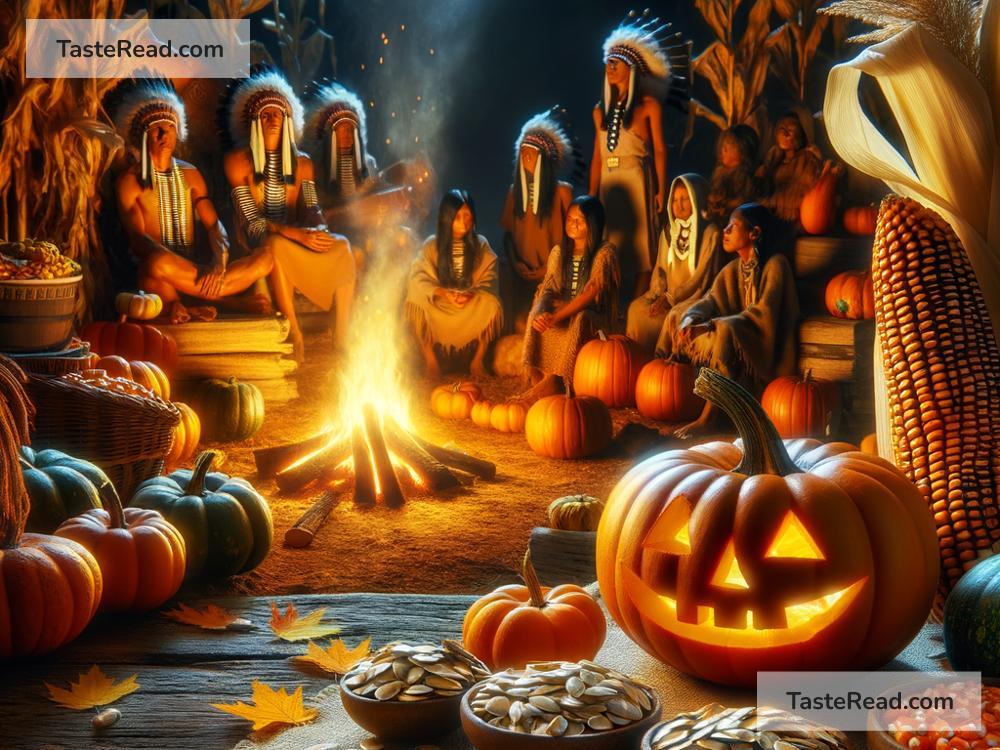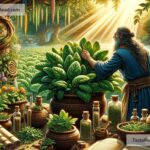The Ancient Story of Pumpkins in Native American Culture
Pumpkins are more than just a symbol of fall or a decoration for Halloween. They have a deep and ancient history, especially in Native American culture. Long before pumpkins were carved into jack-o’-lanterns or turned into pies, they played an important role in the lives of Native Americans. This is a story of how pumpkins became part of their culture, their survival, and their traditions.
The Beginning: A Gift from Nature
The history of pumpkins goes back thousands of years. Pumpkins are believed to have originated in North America, and the earliest evidence of them dates as far back as 7,500 years ago. Native Americans saw pumpkins as a gift from nature. They grew naturally along riverbanks and in fields, and their bright orange color was hard to miss.
Pumpkins were one of the first plants Native Americans cultivated. They learned how to grow pumpkins alongside other crops, like corn and beans, in a farming method known as the “Three Sisters.” The Three Sisters method involved planting corn, beans, and squash together. The corn grew tall, giving the beans a place to climb, while the squash, including pumpkins, spread across the ground and kept the soil moist.
A Source of Food and Nourishment
Pumpkins were a vital source of food for Native Americans. The tough outer skin of a pumpkin allowed it to last for months after it was harvested. This made pumpkins an excellent food source during the long, cold winters.
Every part of the pumpkin was useful. Native Americans roasted the flesh, boiled it, or dried it to turn into strips. The seeds were cleaned, roasted, and eaten as snacks. Even the flowers and leaves of pumpkin plants were edible. Pumpkin was rich in nutrients and provided energy for hard-working families.
Native Americans also used pumpkins to make “hominy,” a dish made from dried corn and pumpkin cooked together. They mixed pumpkin with maple syrup or honey to create sweet treats, using these natural ingredients long before sugar was introduced to North America.
A Medicine and Helper in Daily Life
Pumpkins weren’t only food; they were medicine, too. The seeds were believed to help with stomach issues and other illnesses. Native Americans crushed the seeds and used them to treat wounds or soothe aches. Pumpkin has natural properties that could help with digestion, and Native Americans noticed this long before scientists studied it.
The shells of pumpkins were useful as well. After a pumpkin was hollowed out, the empty shell could be turned into a bowl or container. Sometimes, Native Americans dried the shells and used them to carry water or store food. In this way, pumpkins were not just nourishment but also tools that helped make life easier.
Spiritual and Cultural Importance
For Native Americans, pumpkins had spiritual and cultural significance as well. They often saw nature as sacred and believed every plant and animal had a spirit. Pumpkins, with their vibrant color and ability to provide food and sustenance, were seen as symbols of abundance and renewal.
At harvest feasts and ceremonies, pumpkins often took center stage. Native Americans celebrated the changing seasons and gave thanks for the gifts of the Earth. These ceremonies were moments of joy and gratitude, where the community came together to honor the pumpkins and other crops that helped them survive.
Some tribes used pumpkins in storytelling. They created tales about how pumpkins were first brought to humans by spirits or how they were given as a reward for taking care of the land. These stories passed down wisdom, teaching people to respect nature and cherish its gifts.
Pumpkins Today
Today, pumpkins remain a symbol of Native American ingenuity and resourcefulness. Their practices inspired early European settlers who learned how to grow and cook pumpkins from Native Americans. Without pumpkins, many settlers might not have survived harsh winters after arriving in North America.
Pumpkins are now celebrated worldwide during fall festivals and holidays, but their connection to Native American culture should never be forgotten. Native Americans taught the world how to cultivate this amazing plant, turning it into a staple crop and showing the many ways it could be used.
Even in modern times, the story of pumpkins reminds us of the importance of respecting nature, working together, and celebrating the gifts of the Earth. Pumpkins are more than just food; they are a symbol of community, balance, and gratitude.
Conclusion
The ancient story of pumpkins in Native American culture is one of resilience, wisdom, and connection to the land. Native Americans saw the pumpkin not just as a plant but as a powerful symbol of life and survival. They used pumpkins in creative ways, from food to medicine to tools, and passed down traditions that continue to inspire us today.
So next time you see a pumpkin, remember its rich history and the role it played in Native American life. Pumpkins are not just the centerpiece of fall—they are a reminder of the deep relationship between humans and nature, a relationship built on respect, gratitude, and harmony.


